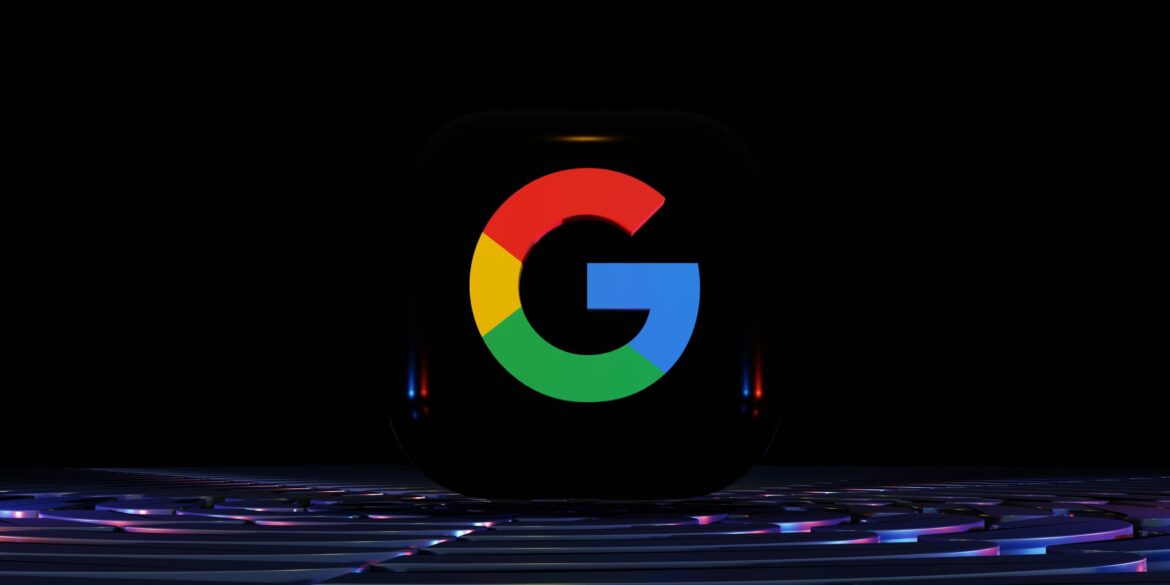New York, August 20, 2025 — Google marked a major milestone in its hardware journey by unveiling the tenth generation of its Pixel smartphones during the highly anticipated “Made by Google 2025” event in New York City. The gathering, held at 1 p.m. ET, drew global attention as the company showcased its most ambitious lineup to date, underscoring its determination to lead not just in mobile hardware but also in artificial intelligence integration.
The centerpiece of the event was the new Pixel 10 smartphone, a device that blends sleek hardware design with advanced AI-driven capabilities. The standard model features a telephoto lens, a 6.3-inch display capable of reaching up to 3,000 nits of brightness, and Google’s latest Tensor G5 processor. The G5 chip, developed in-house, represents a leap forward in performance and efficiency, enabling on-device artificial intelligence tasks that previously required cloud connectivity. This includes running Google’s Gemini Nano AI model locally, unlocking a suite of new features that highlight the company’s AI-first approach.
Among the standout capabilities introduced with the Pixel 10 series are tools such as Magic Cue, which anticipates user needs and suggests actions in real time, and Voice Translate, which can render speech into another language using a synthesized version of the user’s own voice. Call Notes automatically generates actionable summaries of conversations, while Smart Journal helps organize daily life by compiling reminders, events, and insights into a personalized log. Photography, long a hallmark of the Pixel brand, has also been enhanced with a reengineered image signal processor, delivering sharper images, richer colors, and improved video quality, including support for 8K recording.
Read Also: https://goodmorningus.com/google-announces-25-billion-investment-in-u-s-ai-infrastructure/
Google expanded the lineup with higher-end models designed to appeal to professionals, creators, and power users. The Pixel 10 Pro and Pixel 10 Pro XL offer improved cooling systems, larger batteries, and expanded display sizes. They also introduce cutting-edge camera innovations, including a 50-megapixel wide sensor, a 48-megapixel ultrawide lens, and advanced telephoto options that support up to 100x Pro Res Zoom. The Pro XL caters to those who prioritize expansive displays, while the Pixel 10 Pro Fold brings Google’s foldable ambitions to the forefront. The Fold version features an eight-inch inner display, water and dust resistance rated at IP68, magnetic Qi2 wireless charging, and a more durable hinge system aimed at addressing consumer concerns about longevity.
The company also used the stage to debut the Pixel Watch 4, an upgrade that brings sleeker bezels, a brighter and more responsive display, and a redesigned charging system that replaces pogo pins with a new side-contact solution. This change is expected to improve charging efficiency and durability, while the watch itself now integrates more deeply with Gemini AI to deliver real-time insights into health, safety, and productivity. Features such as emergency detection and satellite SOS expand the watch’s utility beyond fitness tracking, positioning it as a comprehensive companion device for everyday life.
Audio was another highlight of the showcase. Google introduced the Pixel Buds 2A, a budget-friendly pair of wireless earbuds that still manage to include Active Noise Cancellation and full integration with Gemini Assistant. The company also updated its Pixel Buds Pro line with new capabilities like Adaptive Audio and gesture-based controls. To reinforce its ecosystem strategy, Google announced PixelSnap accessories, a suite of modular magnetic add-ons including chargers and stands designed for seamless use across its hardware lineup.
Perhaps the strongest theme running through the event was the centrality of artificial intelligence. Google emphasized that its new devices are not merely faster or sleeker, but are built from the ground up to harness AI in meaningful, practical ways. Features like Camera Coach provide guidance in real time to help users take professional-quality photos, while Gemini Assistant can manage communications, organize schedules, and even help with creative tasks such as drafting emails or planning trips. By embedding AI at every layer, from chip design to app functionality, Google positioned itself as the leading player in merging hardware and intelligence.
The timing of the event was significant as well. Google used the occasion to underscore its tenth anniversary of the Pixel smartphone, a line that began in 2016 as an experiment in showcasing the best of Android. Over the past decade, Pixel devices have gained a reputation for camera excellence, software innovation, and timely updates. The Pixel 10 series aims to cement that reputation while pushing into new categories, particularly foldables and professional-grade smartphones, where competition is fierce.
Industry observers noted that the event also carried competitive undertones, particularly in contrast with Apple. While Apple has taken a cautious approach with its “Apple Intelligence” rollout, Google is aggressively highlighting its AI-first design philosophy. The company stressed that nearly every aspect of the Pixel ecosystem, from hardware to software and services, is developed in-house to create a tightly integrated experience. This holistic strategy is designed not only to differentiate Google in the crowded smartphone market but also to signal a long-term vision where AI becomes the defining feature of consumer technology.
The “Made by Google 2025” event therefore represented more than just a hardware showcase—it was a statement of intent. With four new smartphones, a redesigned smartwatch, improved audio accessories, and a sweeping set of AI-driven tools, Google has placed itself at the center of the conversation about the future of mobile technology. As devices become smarter, more adaptive, and more personal, Google is betting that users will embrace an ecosystem where intelligence, not just hardware specifications, drives innovation.

